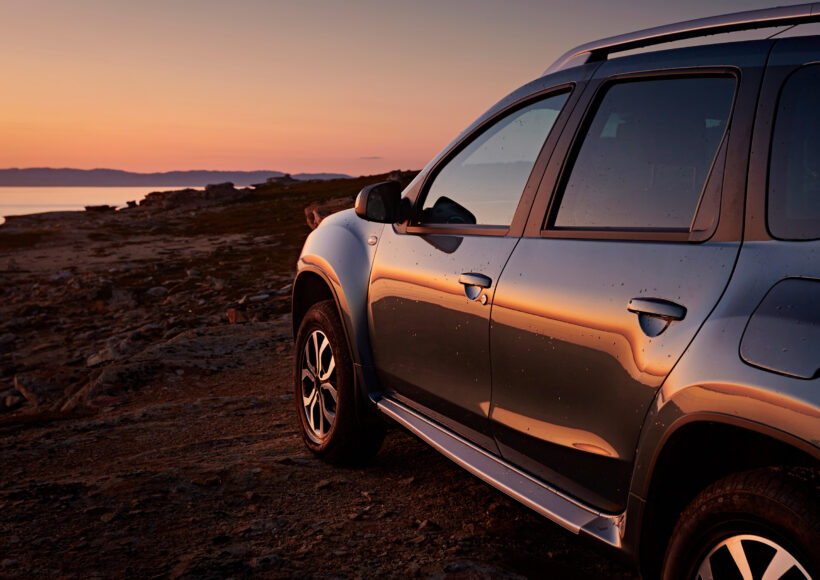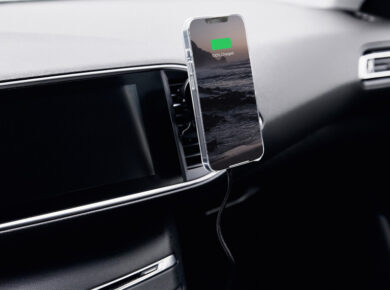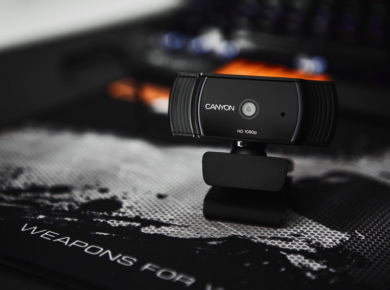Flat tire. A familiar yet dreaded scenario for every driver. It’s inconvenient, time-consuming, and can pose a serious safety risk. In case you didn’t know, underinflated tires contribute to over 33,000 accidents each year.
A flat tire can turn a pleasant drive into a stressful ordeal. But it doesn’t have to – you can be prepared for such emergencies. Enter the tire inflator, your unsung hero on the road. In this article, we’ll show you how to choose a tire inflator and cover the basics on this handy device.
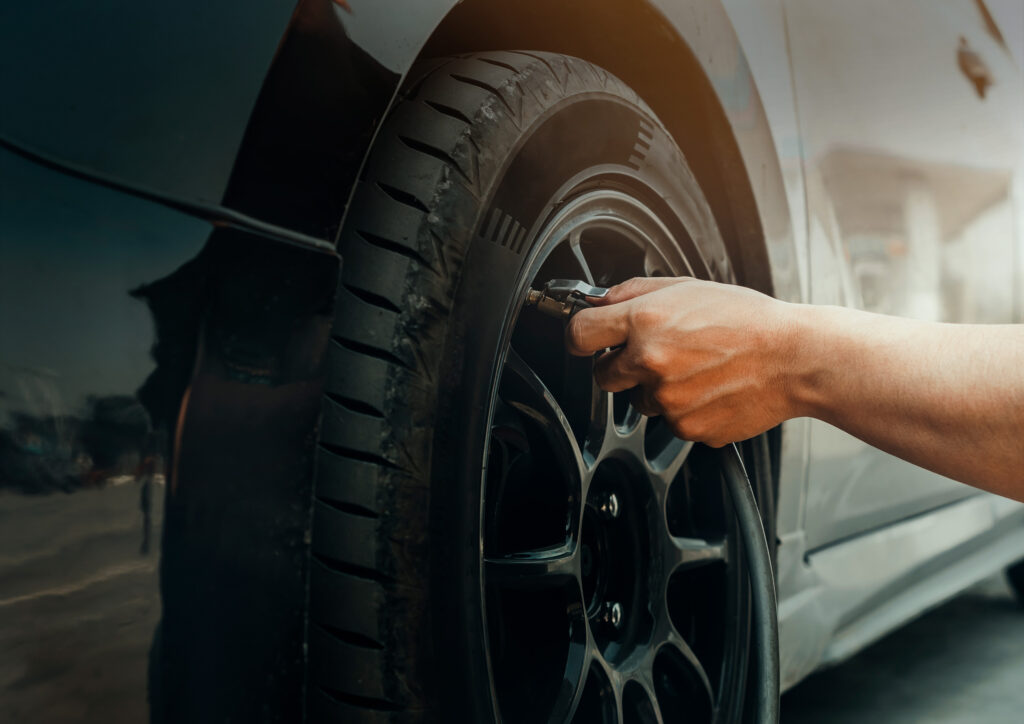
Types Of Tire Inflators
So, what is a tire inflator? Generally, there are 3 main types of tire inflators: corded and cordless inflators, and portable air compressors.
Corded Tire Inflators
Corded tire inflators are the traditional choice for many drivers. They are typically more powerful than their cordless counterparts and perform consistently. These inflators are plugged into a car’s cigarette lighter or a standard power outlet.
Pros:
- Generally more powerful.
- Consistent performance.
- Often more affordable.
Cons:
- Limited by cord length.
- Requires access to a power source.
Best suited for: Drivers who prioritize efficiency and budget, and have easy access to a power outlet.
Price range: $10-$50.
Cordless Tire Inflators
Cordless tire inflators are convenient and portable. They are powered by rechargeable batteries, which makes them ideal for on-the-go use.
Pros:
- Portable and easy to use.
- No cords to tangle with.
- Quick inflation for most tires.
Cons:
- Typically less powerful than corded models.
- Battery life may be limited for larger tires or multiple inflations.
- Often more expensive.
Best suited for: Drivers who value convenience and portability, and most;y deal with smaller to medium-sized tires.
Price range: $30-$150.
Portable Air Compressors
Portable air compressors are the most versatile option for tire inflation. They are typically larger and more powerful than cordless inflators, and can handle a wider range of tasks beyond tire inflation.
Pros:
- Powerful and versatile.
- Can handle larger tires and multiple inflations.
- Often includes additional accessories.
Cons:
- Bulky and less portable than cordless options.
- Can be more expensive.
- Requires more storage space.
Best suited for: Drivers who need a powerful and versatile air compressor for frequent use or multiple vehicles, and have ample storage space.
Price range: $50-$200.
Note: These price ranges are approximate and can vary depending on brand, features, and specific model.
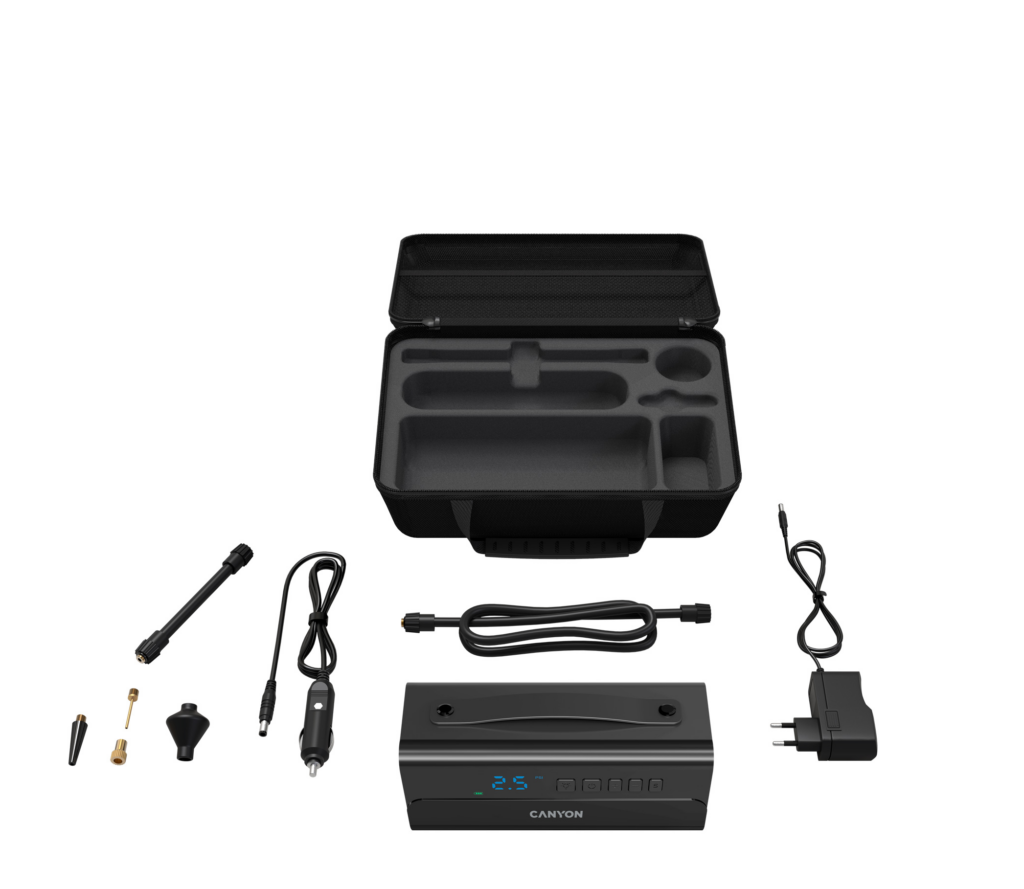
Key Features To Consider
If you’re still asking yourself, “are tire inflators useful?”, the key to the right device is selecting one that perfectly aligns with your driving needs and lifestyle. To help you make a rational decision, here are the key features to consider:
- PSI (pounds per square inch) range: This is the heart of your tire inflator. It determines the maximum pressure your device can achieve. Ensure this range comfortably exceeds the recommended tire pressure for your vehicle. A wider PSI range offers greater flexibility for inflation tasks beyond tires, such as inflating sports equipment or air mattresses.
- CFM (cubic feet per minute) rating: Think of CFM as the horsepower of your inflator. It measures how much air the inflator can deliver in a minute. A higher CFM means faster inflation, saving you precious moments on the road. However, balance this with noise levels, as higher CFM often equates to louder operation.
- Hose length: The length of the hose is crucial for accessibility. A comfortable hose allows you to reach all four tires without straining or kneeling. Consider your vehicle’s size and whether you have a spare tire mounted externally when selecting this feature.
- Display type: The display is your opportunity to control the inflation process. Digital displays offer precise and easy-to-read pressure readings, while analog gauges provide a more traditional approach. Consider your preference for numerical data or visual indicators.
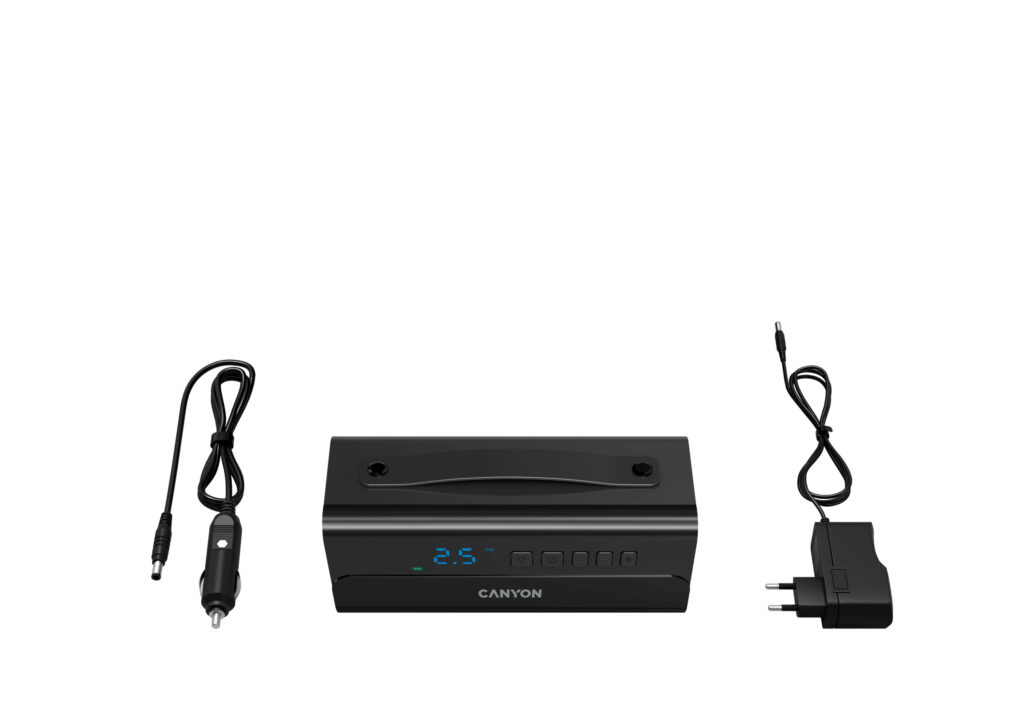
Choosing Your Perfect Inflator
Now that you understand the basics, let’s dive deeper into selecting the perfect inflator for your specific tasks. By carefully considering them, you can find a device that not only meets your basic needs but exceeds your expectations. If you’re still wondering what is a car air pump that performs best, we got you.
Assess Your Needs
- Frequency of use: Occasional use might justify a less expensive option, while frequent use would require a more durable and powerful model.
- Tire size: Larger tires, such as those on SUVs or trucks, require more powerful inflators. Consider the size of your vehicle’s tires when making your choice.
- Portability: If you plan to use your inflator on the go, a cordless or compact option is perfect. For home or garage use, a corded or larger portable compressor might be sufficient.
- Extras: Do you need LED lights for nighttime use, an auto shut-off function, or a digital display? All of the additional cool features are up to you.
Mind Your Budget
Tire inflators come in a wide range of prices. Figure out your budget before shopping to narrow down your options. While it’s tempting to go for the cheapest model, a higher-quality inflator can save you time and frustration in the long run.
Test It Out
If possible, test the inflator before purchasing. This will give you a firsthand experience of its performance, noise level, and ease of use. Many retailers offer return policies, so don’t hesitate to try out different models.
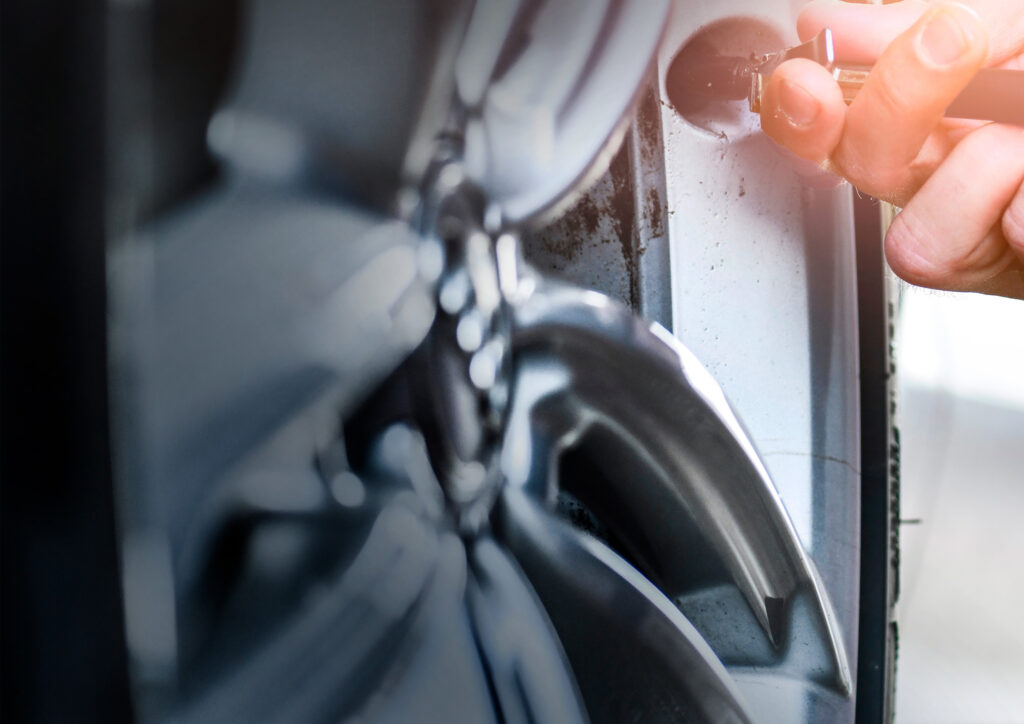
Safety First: Mastering Your Tire Inflator
A tire inflator is a powerful tool, but with great power comes great responsibility, and a little prevention goes a long way. Let’s go through some safety tips to ensure inflation runs smoothly.
- Check Tire Pressure Regularly: From decreased fuel efficiency to compromised handling, improper inflation is a hazard. Check your tire pressure at least once a month, and before long road trips.
- Follow the Manual: Every tire inflator is unique, so examine your specific model’s instructions. This will prevent accidents, optimize performance, and extend the life of your device.
- Avoid Overheating: Inflators can overheat if used continuously. Give your equipment a breather after extended use to prevent damage and ensure longevity.
- Proper Storage: Store your device in a cool, dry place to protect it from damage and keep it ready for action when you need it.
- Inspect Hoses & Connections: Regularly examine the hoses and connections for signs of wear and tear. Cracks, bulges, or loose fittings can lead to accidents. Replace damaged components immediately.
Conclusion
Armed with the knowledge on tire inflators, their key features, and safety tips, you’re well-equipped to choose the perfect tool for your on-the-go adventures. So, next time you face a flat tire, don’t panic – just reach for your trusty inflator and conquer the road!
